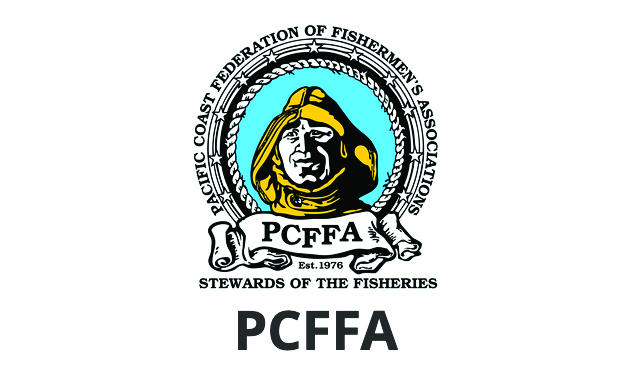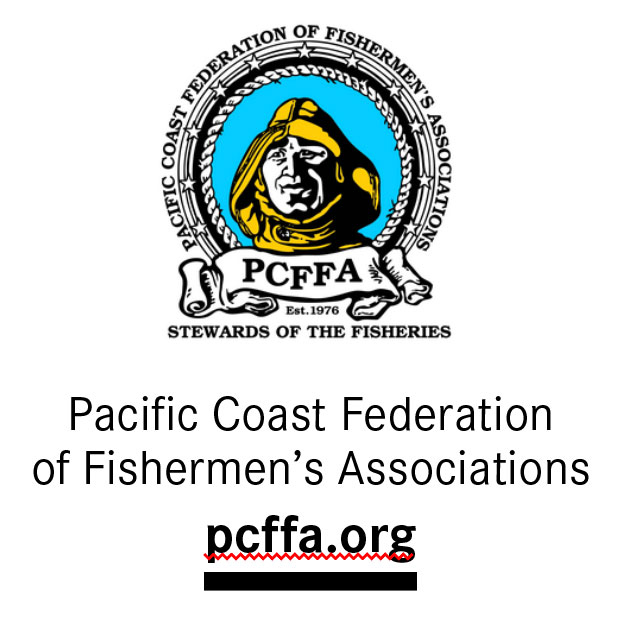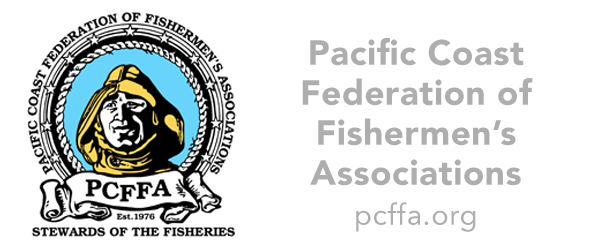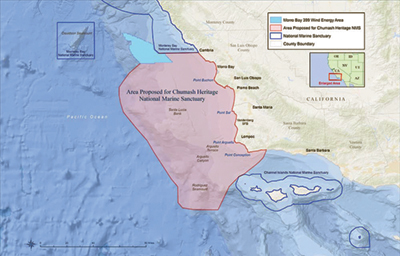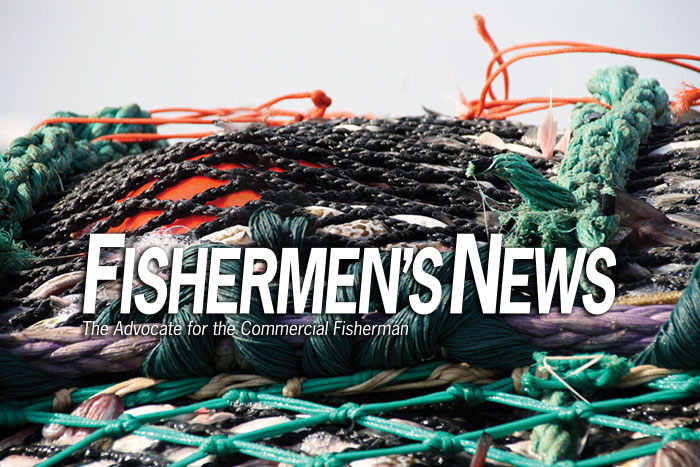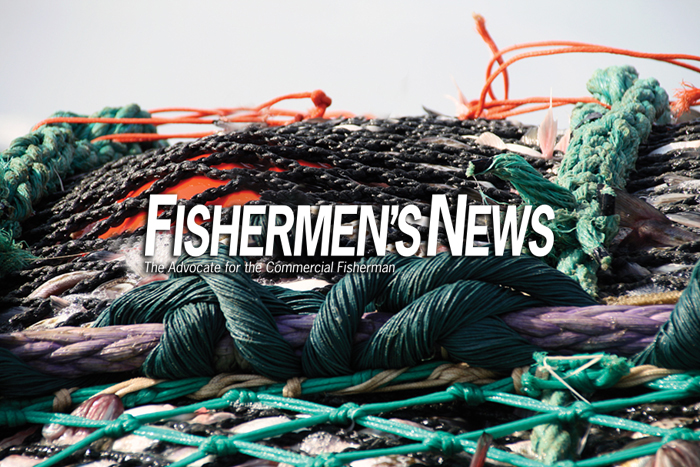The Oft-Forgotten Fishery
The fishery for North Pacific albacore is an important one for West Coast-based commercial harvesters and the communities which depend upon, and/or benefit from, access to the resource.
Between 1996 and 2020, the U.S. commercial albacore fleet harvested an average of 11,469 metric tons (roughly 25.3 million pounds). In 2020, the fleet landed about 16 million pounds with ex-vessel revenues totaling $25 million.
In 2007, it was the first tuna fishery in the world to achieve certification by the Marine Stewardship Council. The American Albacore Fishing Association and Western Fish Boat Owners Association share the certificate, which was recertified in 2020.
The West Coast commercial fishery is primarily prosecuted by vessels utilizing troll or pole and line gear and while there is no set s...

